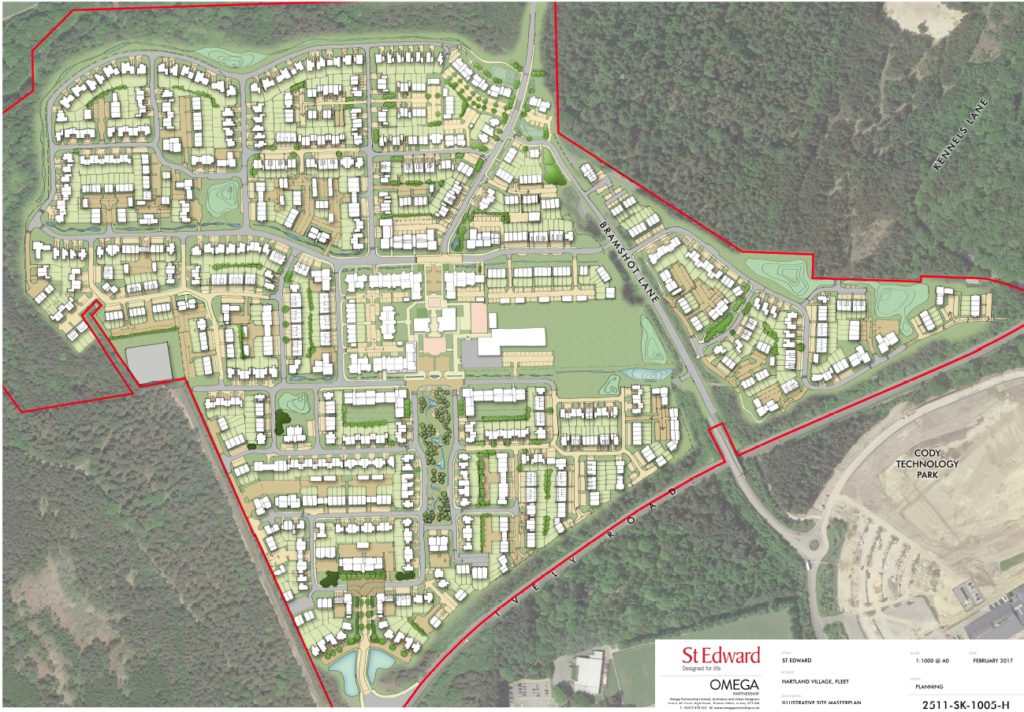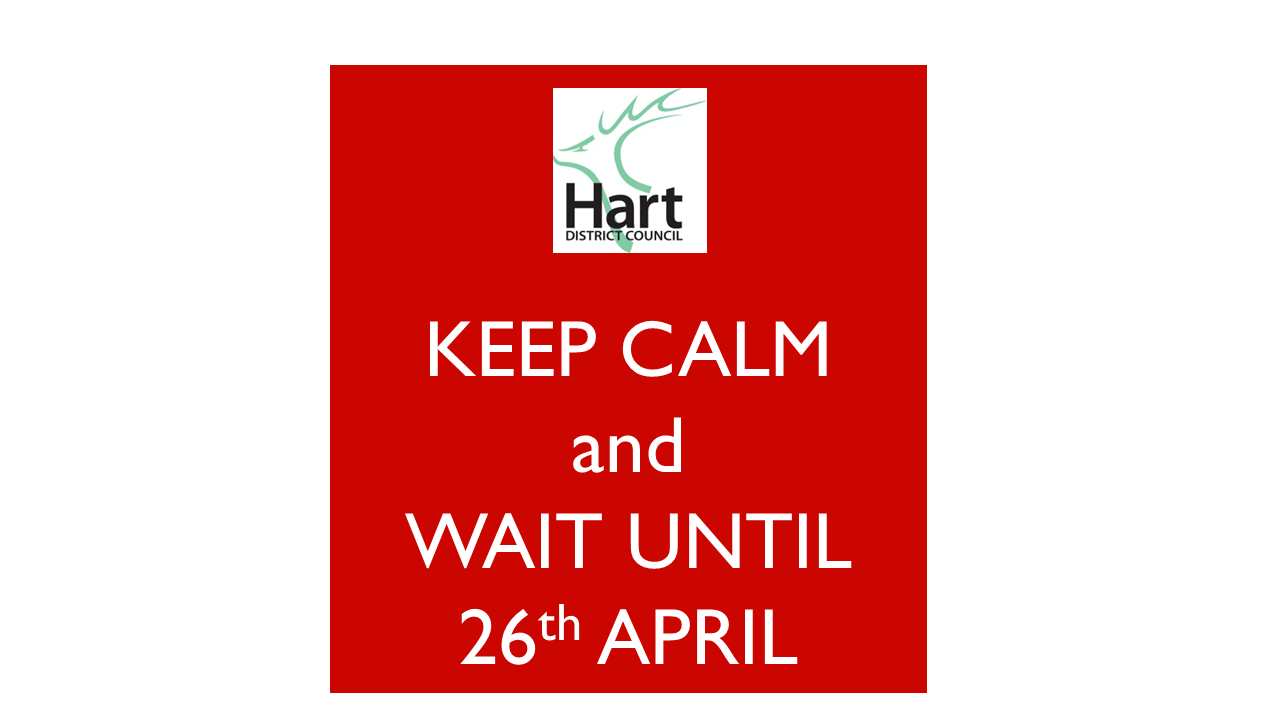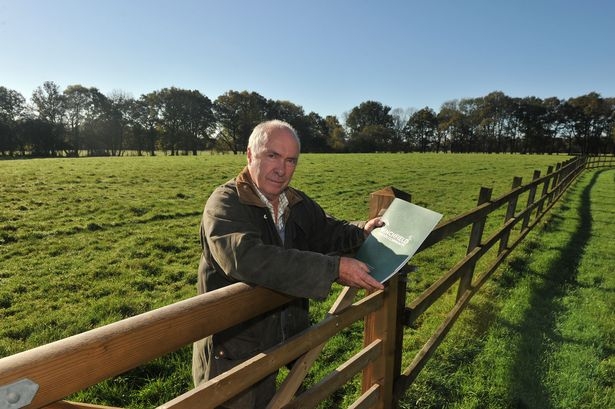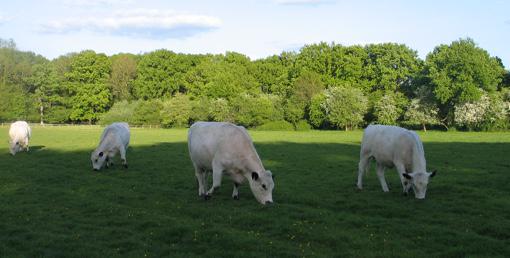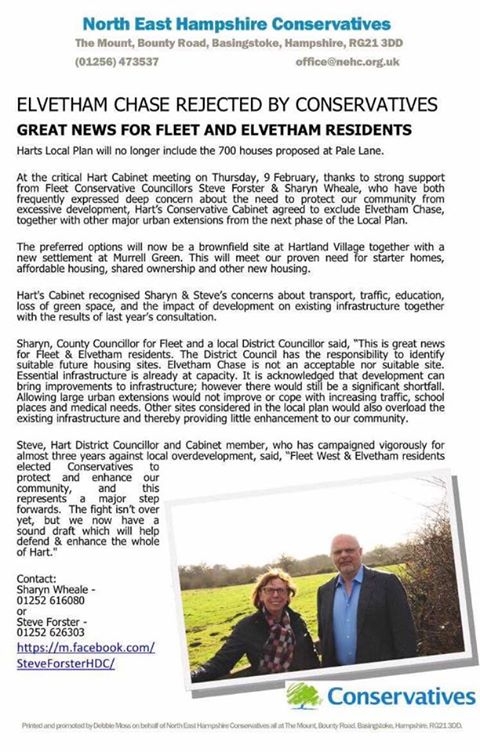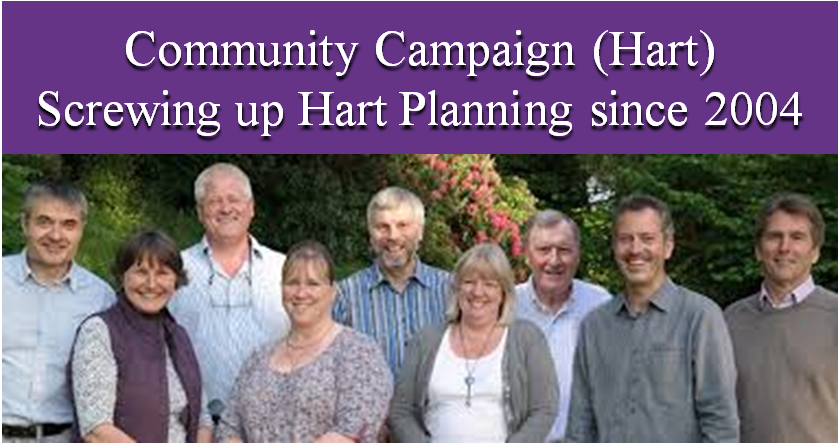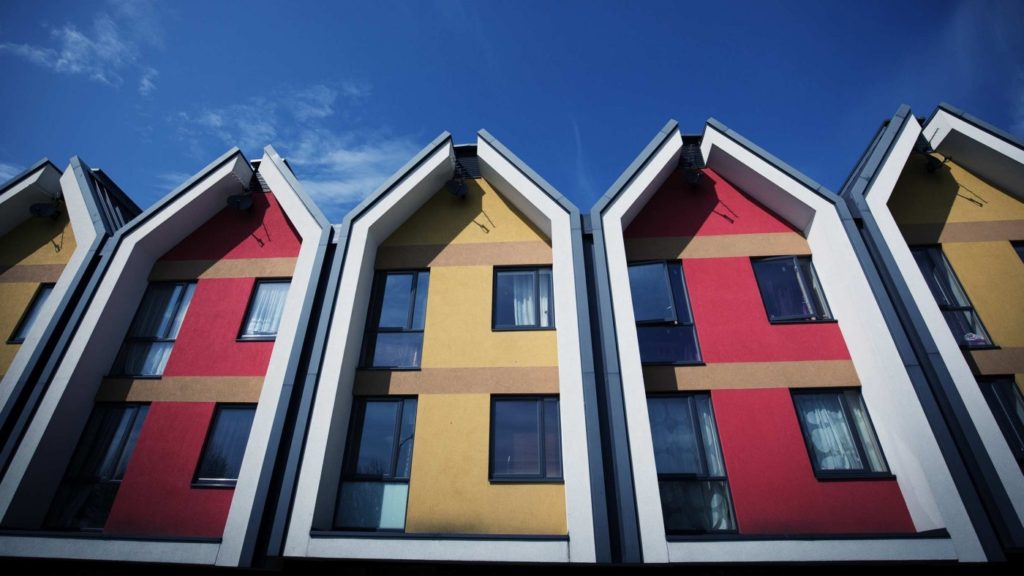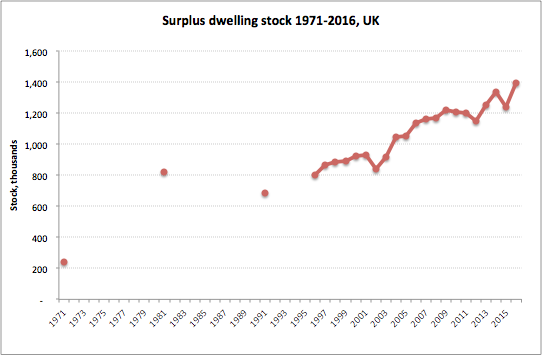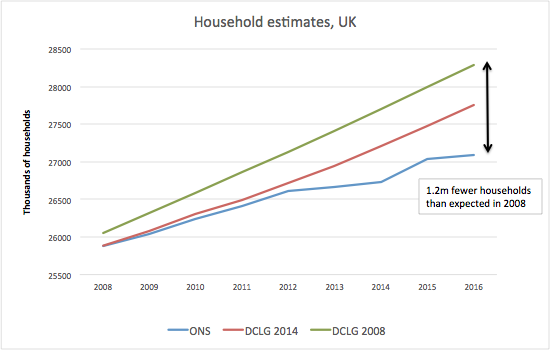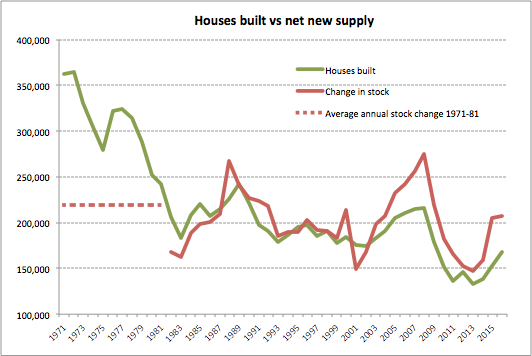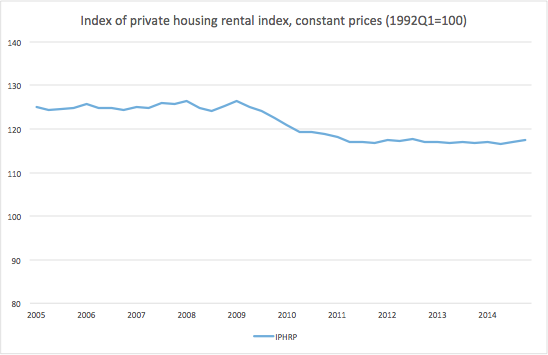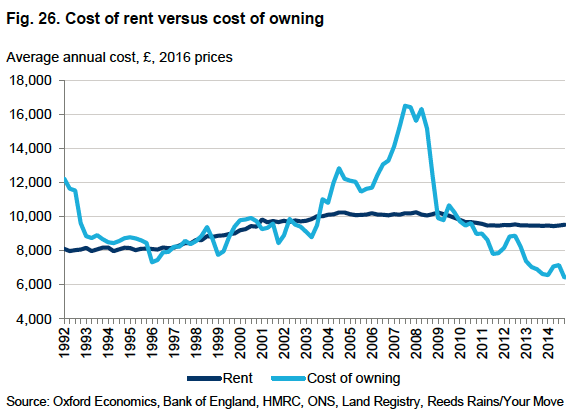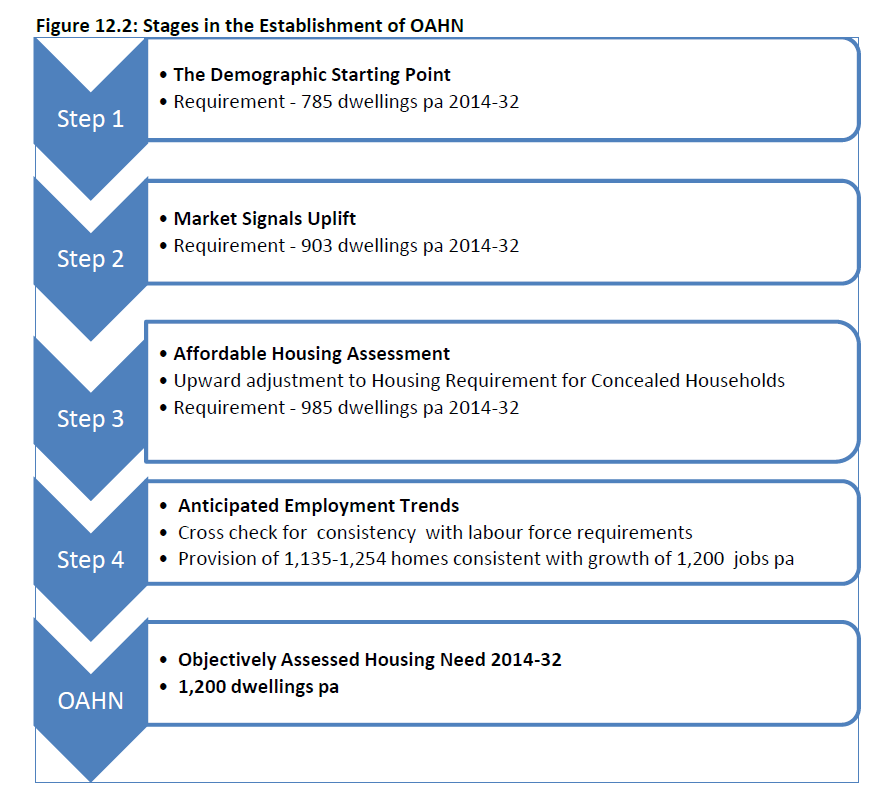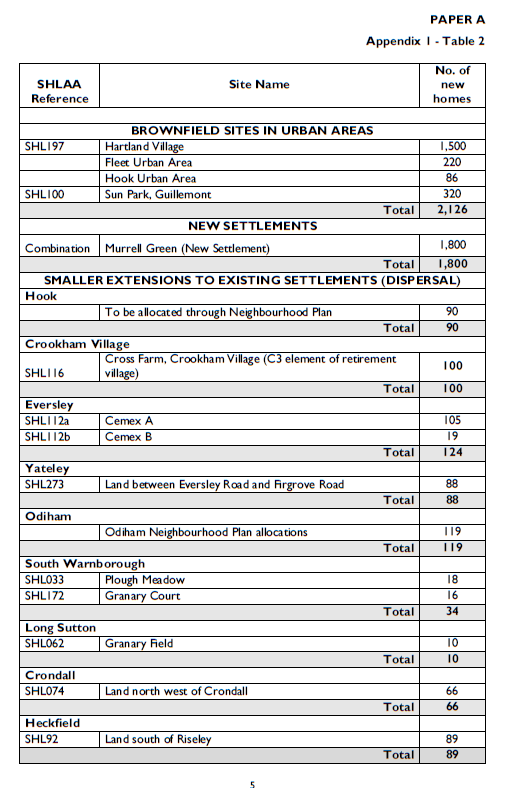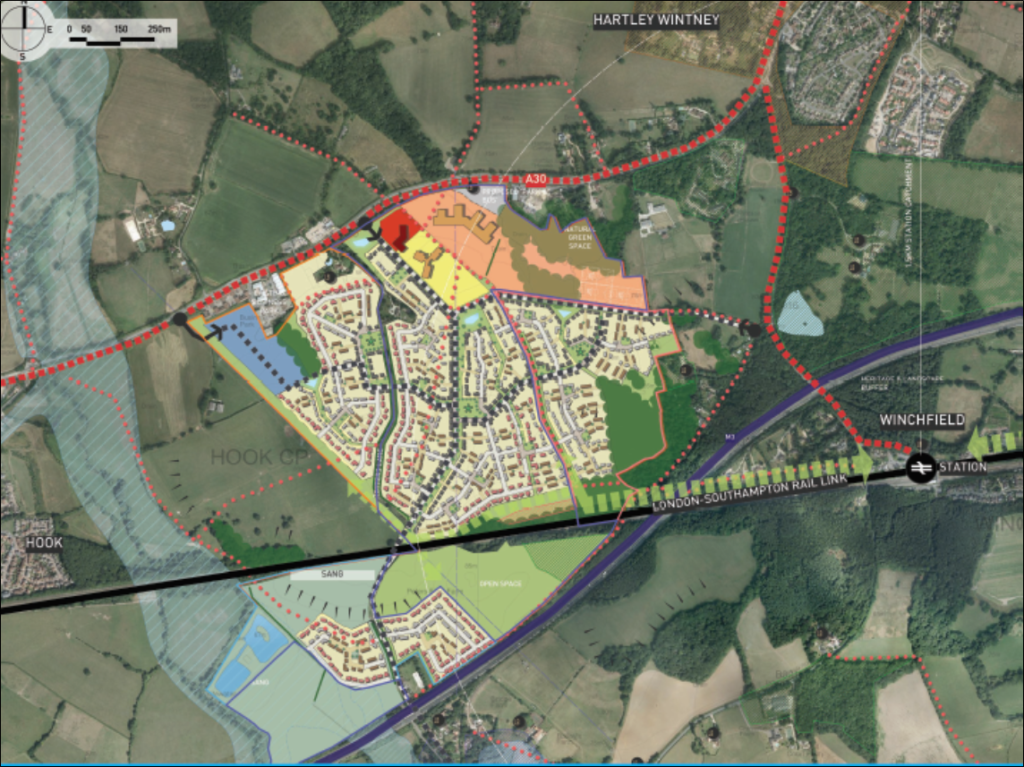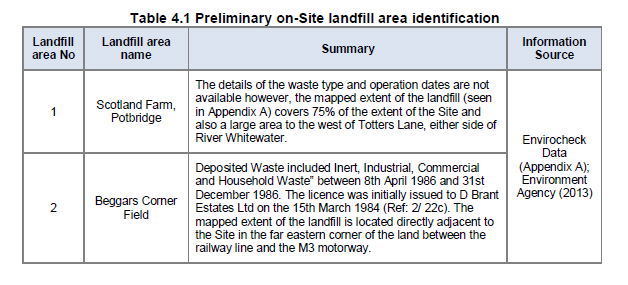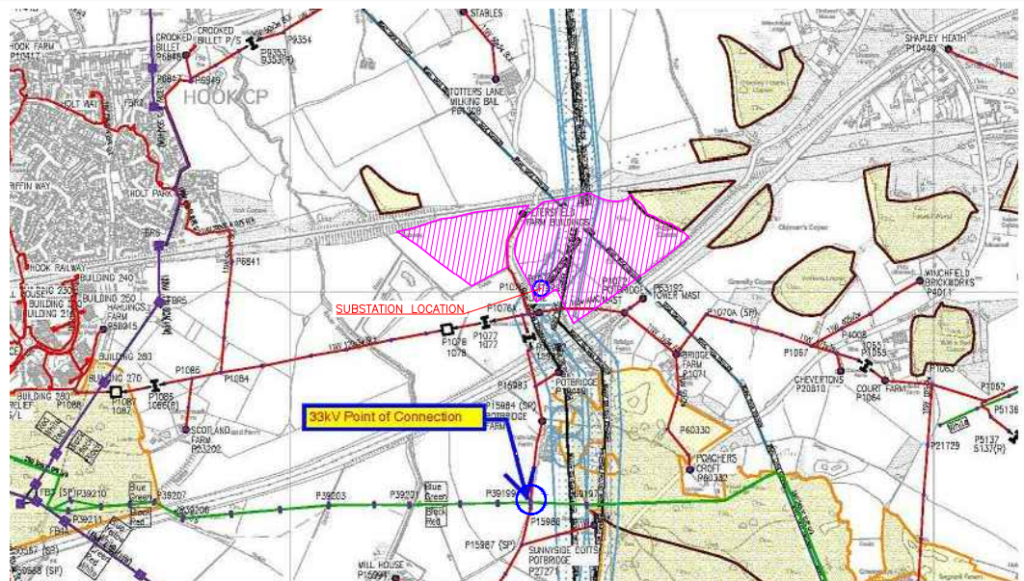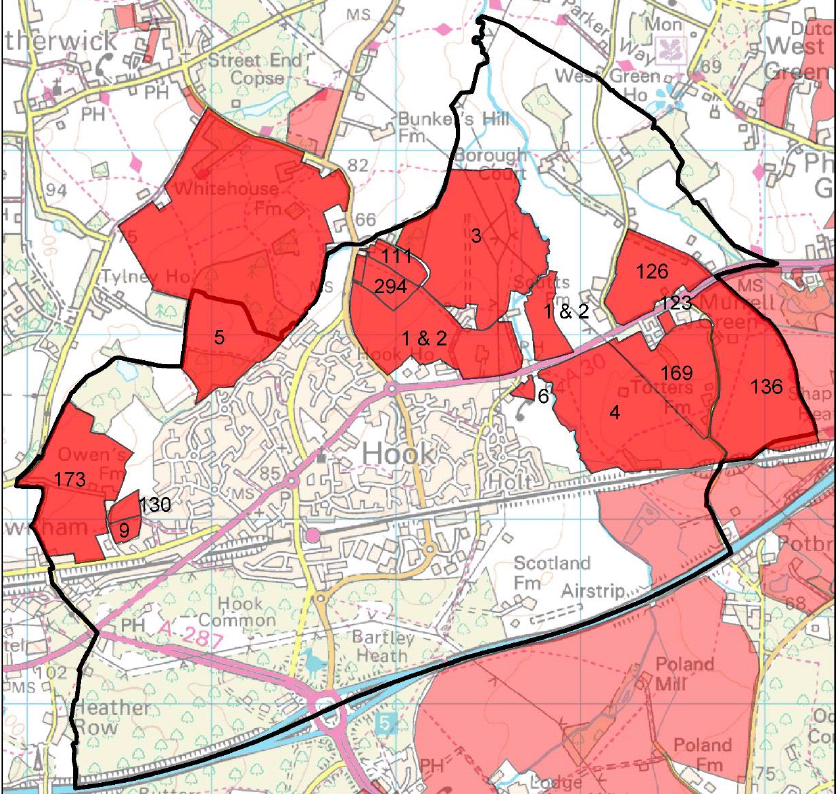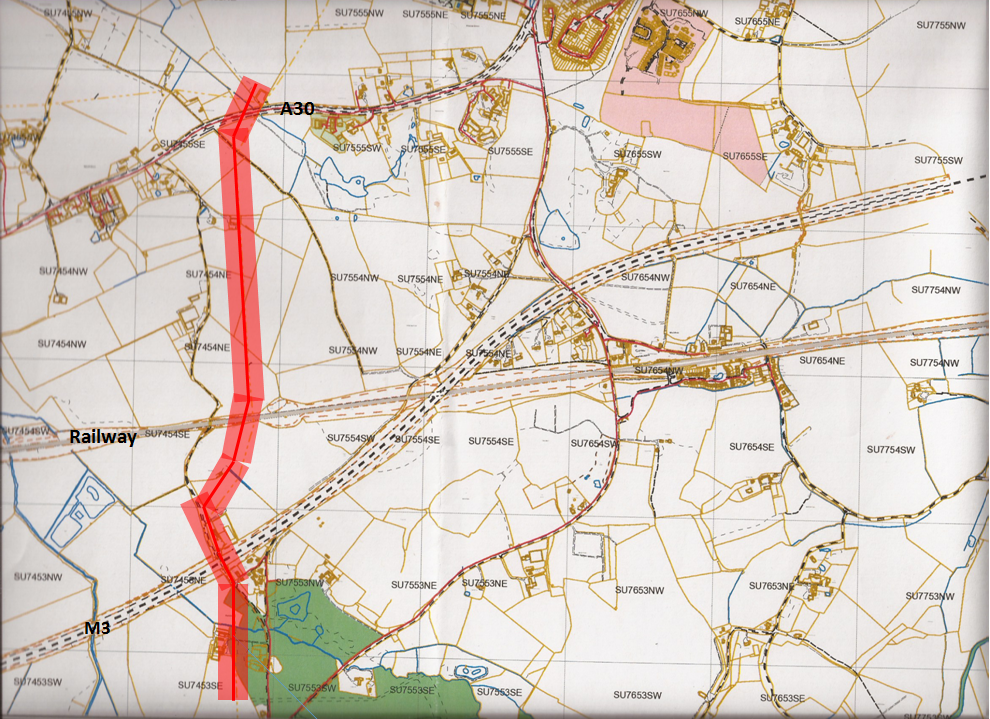
Murrell Green High Pressure Gas Main
As regular readers will know, as part of the Hart Local Plan, the local council is proposing a new settlement at Murrell Green. However, they don’t seem to have taken the high pressure gas main that runs through the site into account in their planning.
The site appraisal makes no mention of the gas main. However, the schematic above, obtained from SGN, who manage the gas mains in this area, shows a high pressure gas main, of 24″ diameter. It is described by the Health and Safety Executive (HSE) as a Major Accident Hazard Pipeline. It appears to cut a swathe through the proposed housing and the site of the proposed school shown in the schematic below.
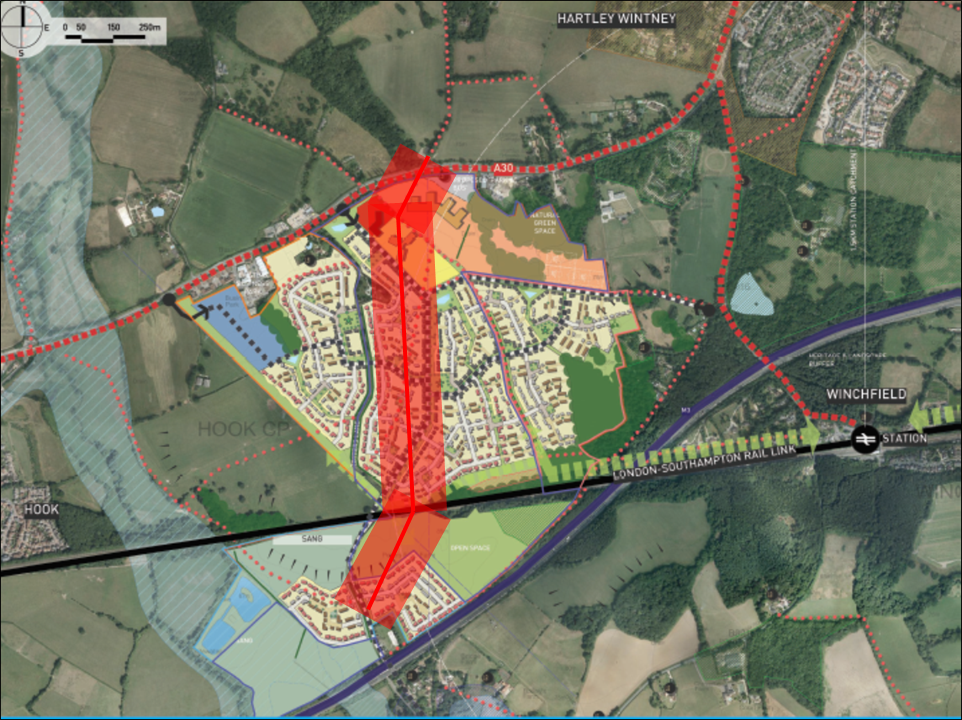
Murrell Green development with high pressure gas pipeline
After reviewing the HSE guidelines we have come to the conclusion that major housing and a school will not be allowed to be built within approximately 100m of the pipeline. This would put a major question mark over the viability of the proposed scheme.
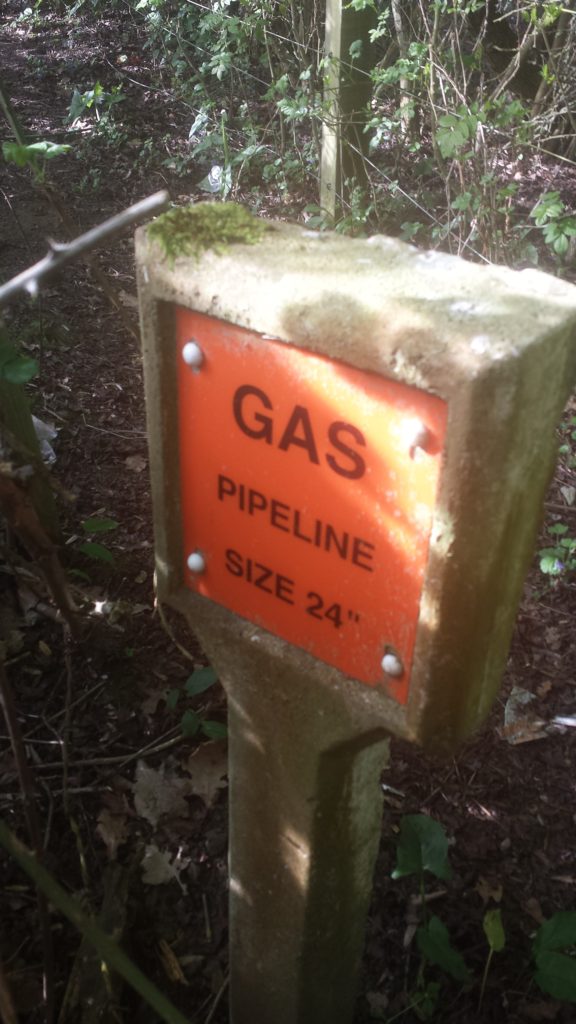
Murrell Green Gas Pipeline size 24″
Full analysis below. This new information comes on top of the environmental, infrastructure and coalescence issues we raised here before.
We have had a response from Hart Council:
Head of Planning at East Hants, confirms that that the pipeline was considered alongside a number of other constraints to development. It is a known constraint which will need to be taken in to account in any master plan for the new settlement along side other constraints which have been identified in the consideration of all the sites through the SHLAA process and after. It is not however seen as any form of ‘show stopper’.
It does seem odd that planning to build a school and significant housing right on top of a 24″ high pressure gas main is not considered a ‘show-stopper’. However, we can find no mention of the pipeline in the latest assessment of rural sites covering SHL136, 167 and 186.
HSE guidelines on building near gas pipelines
The HSE has special guidelines for planning near to such installations.
First, various zones around the pipeline are established. An inner, middle and outer zone.
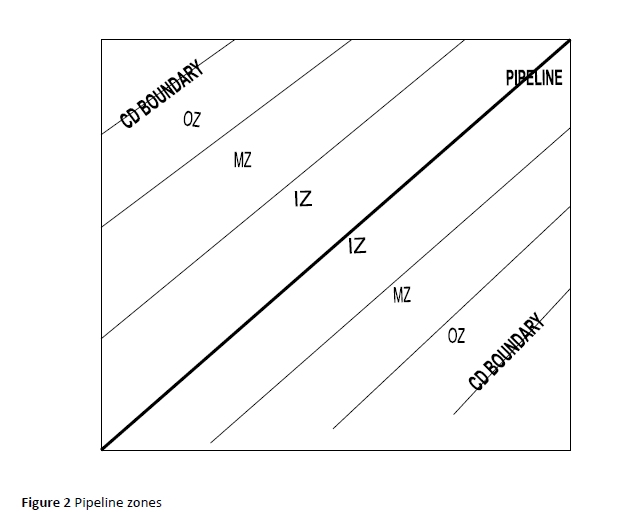
We don’t know the exact size of the zones for the Murrell Green pipeline, but by way of example, the zones at Upchurch were established as:
- Inner Zone: 9m
- Middle Zone: 95m
- Outer zone: 110m
According to the letter from SGN, the inner zone for the Murrell Green pipeline is 8m.
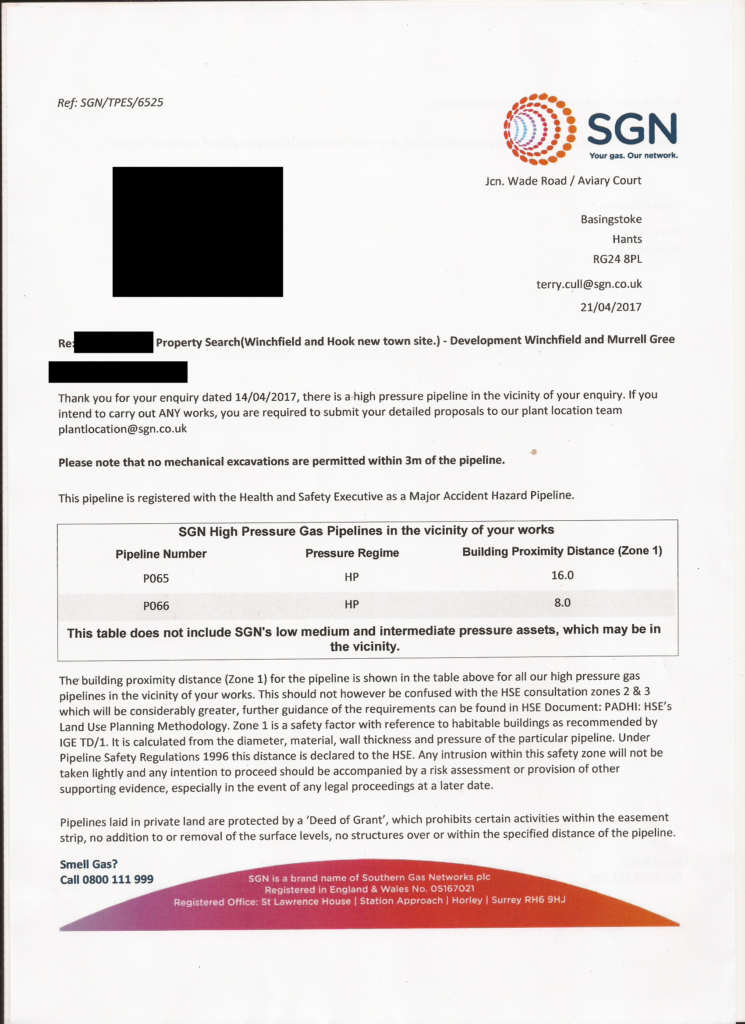
SGN Letter regarding Murrell Green High Pressure Gas Main
So, it is reasonable to assume the middle and outer zones will be roughly the same as those at Upchurch.
The next stage is to look at the type of development and assign a sensitivity. Housing developments over 30 units are assigned level 3.
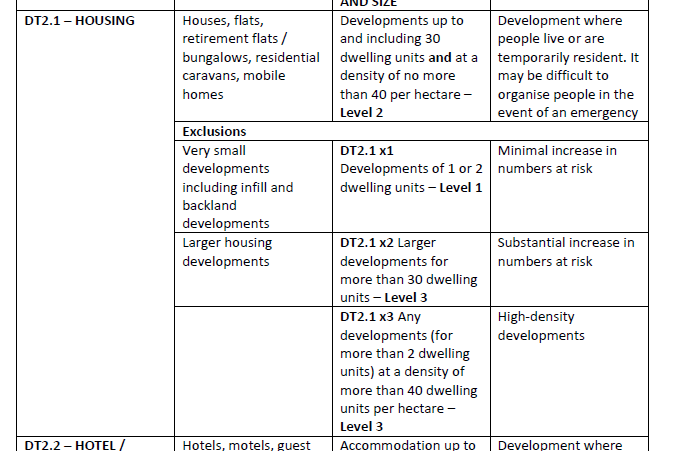
Housing Sensitivity
Schools, with a development size of more than 1.4Ha are assigned a sensitivity of 4.
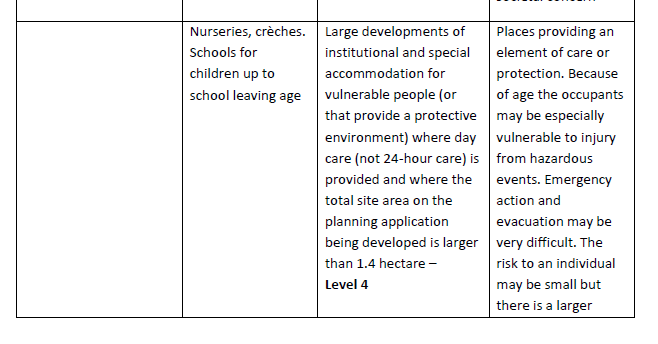
School sensitivity
Then a decision on whether development of various sensitivities is allowed in the various zones is made according to a matrix:
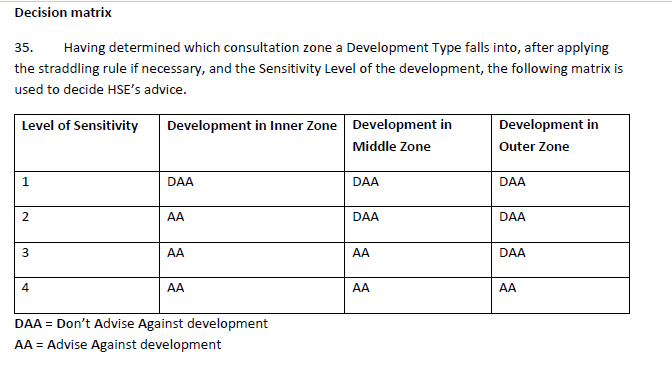
PAHDI Sensitivity and decision matrix
It is clear that major housing would not be allowed in the Middle Zone and a large school would not even be allowed in the Outer Zone.
Conclusion about Murrell Green High Pressure Gas Main
Our conclusion from this is that the school would not be allowed within around 100m of the pipeline, and so would have to be moved from the proposed position. It is highly likely housing would not be allowed within about 90m of the pipeline. This would create a no-go zone right through the centre of the proposed development and probably render it unviable.
Time to think again Hart Council.
